Television has evolved dramatically over the years, with certain shows leaving an indelible mark on the entertainment industry. From groundbreaking storytelling to revolutionary formats, these trailblazing TV shows not only captivated audiences but also reshaped how we think about television. They broke boundaries, challenged norms, and set new standards for what TV could achieve. Whether by introducing complex characters, exploring taboo topics, or innovating in production, these shows transformed the medium into the powerful cultural force it is today. Here are 15 of the most influential TV shows that changed the face of entertainment forever.
The Sopranos (1999-2007)
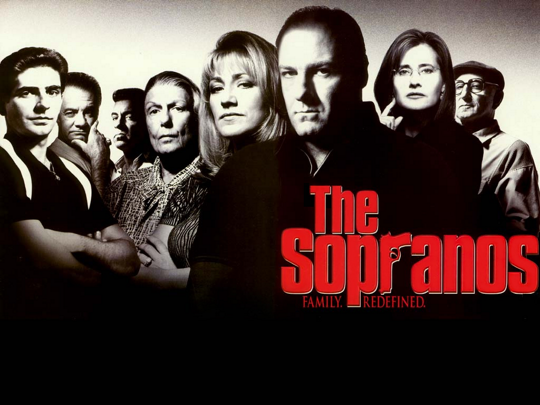
This groundbreaking series, created by David Chase, changed the landscape of television by elevating the medium to the level of cinema. The show’s complex anti-hero, Tony Soprano, played by James Gandolfini, offered a nuanced portrayal of a mob boss grappling with family dynamics and mental health. The Sopranos was a pivotal show in the rise of “premium cable,” pushing boundaries with its dark themes, violent imagery, and anti-establishment tone. Its realistic approach to depicting organized crime, layered with moral ambiguity, set it apart from traditional TV crime dramas. The show also made waves by introducing long-form storytelling, where each season built upon character development and narrative complexity. With its cultural impact, The Sopranos reshaped TV drama, paving the way for future anti-hero leads. It is often credited with launching the “Golden Age of Television” that would follow.
Friends (1994-2004)

“Friends” remains one of the most iconic sitcoms in television history, beloved for its humor, heart, and relatable characters. The show focused on a tight-knit group of friends navigating life in New York City, with each character offering distinct personalities and storylines. It popularized the “ensemble cast” format, where multiple characters share equal screen time and develop over the course of the series. Its impact on pop culture is still felt today, influencing everything from fashion to language. “Friends” set the standard for network sitcoms with its laugh-out-loud moments, yet also struck emotional chords with its portrayal of friendships and romantic relationships. It became a defining show of the 1990s, attracting a global audience and fostering a lasting fanbase. The series also helped raise the profile of actors like Jennifer Aniston and Courteney Cox, making them household names.
The Simpsons (1989-present)
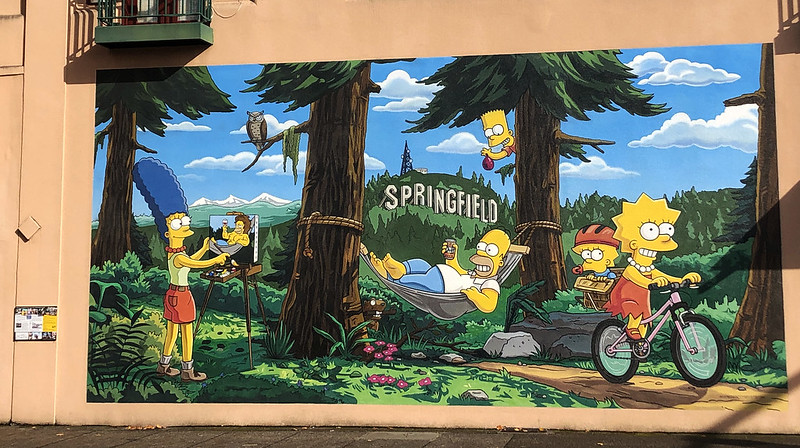
As the longest-running American sitcom and animated series, The Simpsons has had a profound impact on both television and pop culture. Created by Matt Groening, the show blends satirical humor, political commentary, and sharp social observations, all through the lens of a working-class family in the fictional town of Springfield. It was the first animated series to appeal to both adults and children, proving that cartoons could tackle mature themes and reach diverse audiences. The Simpsons broke new ground by incorporating cultural references, parodying current events, and pushing the boundaries of what animation could represent. It also laid the foundation for later animated shows like Family Guy and South Park. The show’s unique ability to balance wit with heart has made it a cultural institution. Despite being around for decades, its sharp humor and relevance continue to resonate with viewers.
The Twilight Zone (1959-1964)

The Twilight Zone, created by Rod Serling, is often hailed as the first anthology series that set the template for science fiction and horror TV. With its chilling twists, thought-provoking social commentary, and speculative themes, the show became a cultural touchstone. Each episode offered a self-contained story, but with an overarching exploration of human nature, morality, and the unknown. The show’s eerie tone, combined with its sharp scripts and dark twists, created a blueprint for psychological thrillers that followed. Serling’s own commentary on political and societal issues made The Twilight Zone an intellectual force in TV. In addition to its influence on storytelling, the series introduced the concept of the unreliable narrator and had a lasting impact on how TV could blend the fantastic with the everyday. It remains an essential reference point for modern anthology series.
I Love Lucy (1951-1957)

I Love Lucy revolutionized television, not only by becoming one of the first successful sitcoms but also by transforming the role of women in television. Lucille Ball, as the zany, aspiring actress Lucy Ricardo, redefined the lead character in a sitcom, making her an iconic figure in TV history. The show introduced the multi-camera sitcom format, which became the standard for decades, allowing for live studio audiences and creating an atmosphere of shared comedic timing. Its groundbreaking use of physical comedy, especially Ball’s slapstick humor, influenced generations of TV comedians. The series also tackled social issues, like women entering the workforce, in a lighthearted yet impactful manner. I Love Lucy was a significant early example of TV’s ability to entertain, educate, and challenge societal norms. By blending humor with sincerity, the show became a template for future sitcoms.
Breaking Bad (2008-2013)
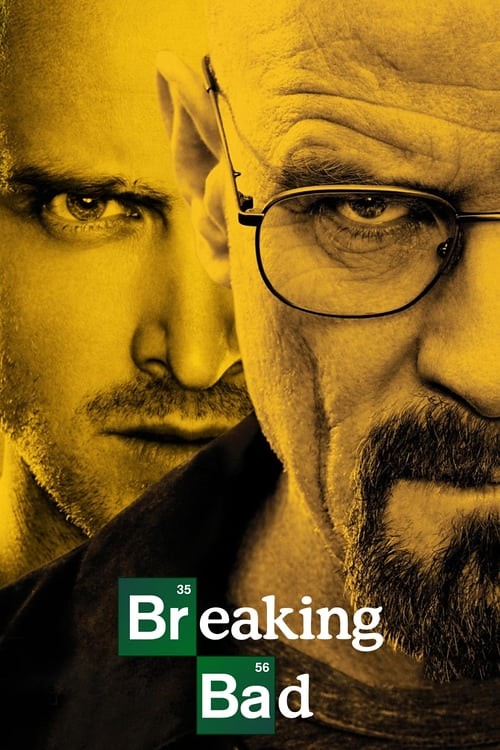
Vince Gilligan’s Breaking Bad took the concept of the anti-hero to new heights, introducing Walter White, a high school chemistry teacher who turns to meth production after a cancer diagnosis. The show’s complex character evolution, moral quandaries, and tense narrative made it a revolutionary force in modern television. Breaking the mold of traditional crime dramas, the show emphasized psychological depth and gradual character transformation, turning a man from sympathetic to morally repugnant over five seasons. Its sharp writing and gripping suspense captivated viewers while offering a dissection of the American dream. The show also introduced intricate visual storytelling, often using color and cinematography to reflect character arcs. The success of Breaking Bad paved the way for shows like Better Call Saul, proving that serialized storytelling could be both critically and commercially successful. The show’s cultural influence is still palpable, with Walter White becoming a symbol of complex anti-heroes.
MAS*H (1972-1983)
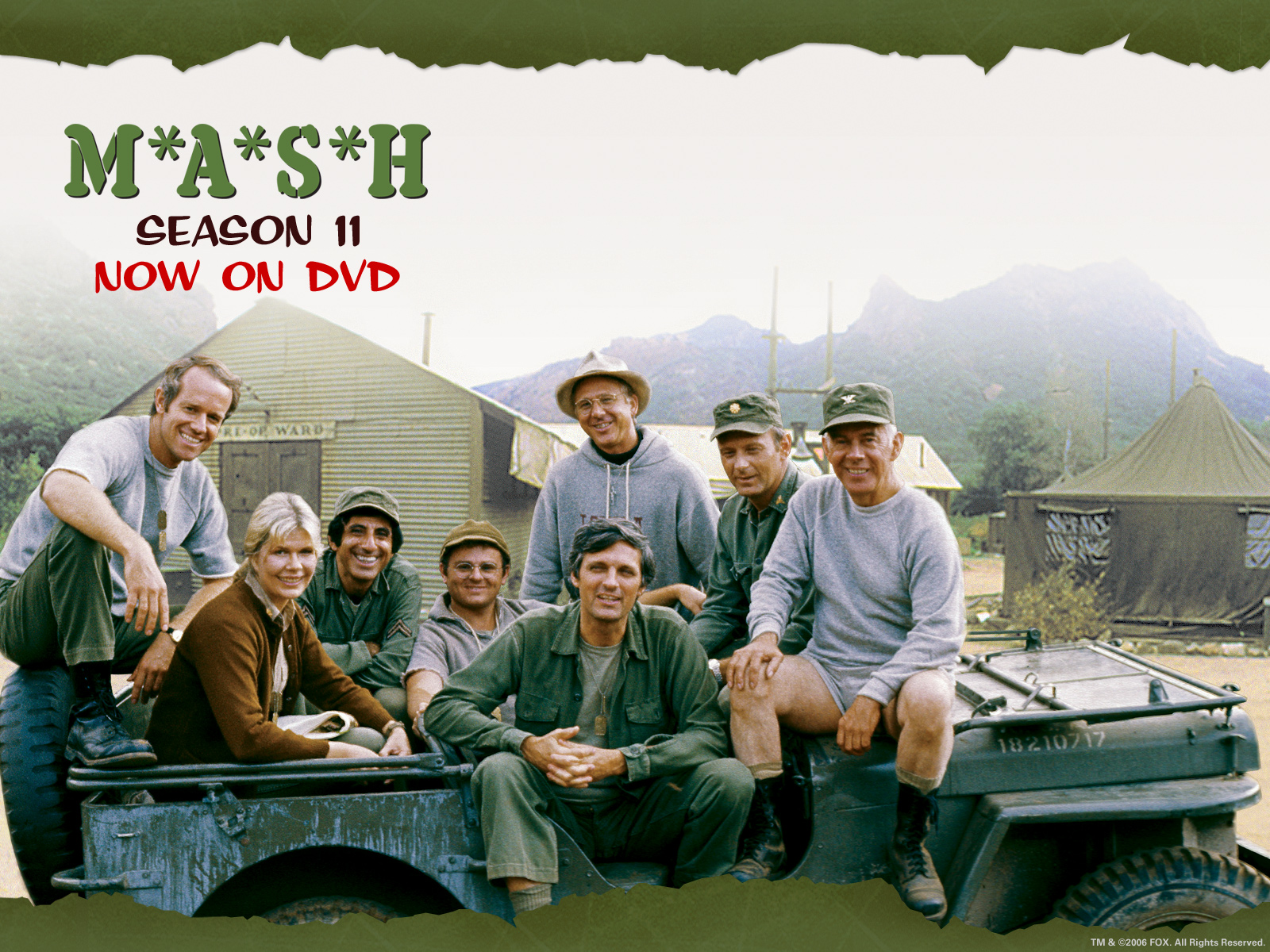
MASH* merged comedy and drama in ways no one had seen before, setting a precedent for genre-blending series. Set during the Korean War, it followed a group of doctors and nurses working in a mobile army surgical hospital. The show’s success stemmed from its ability to balance humor with deeply emotional moments, often addressing serious issues such as war, morality, and the human condition. Its finale, “Goodbye, Farewell and Amen,” became the most-watched TV episode in American history, underscoring its cultural significance. MASH* broke away from traditional sitcom formats, incorporating political commentary and anti-war sentiments that resonated with a wide audience. The series’ nuanced characters, especially Alan Alda’s portrayal of Hawkeye Pierce, became benchmarks for television acting. MASH* not only changed the expectations of television sitcoms but also raised the standard for social relevance in entertainment.
Star Trek (1966-1969)
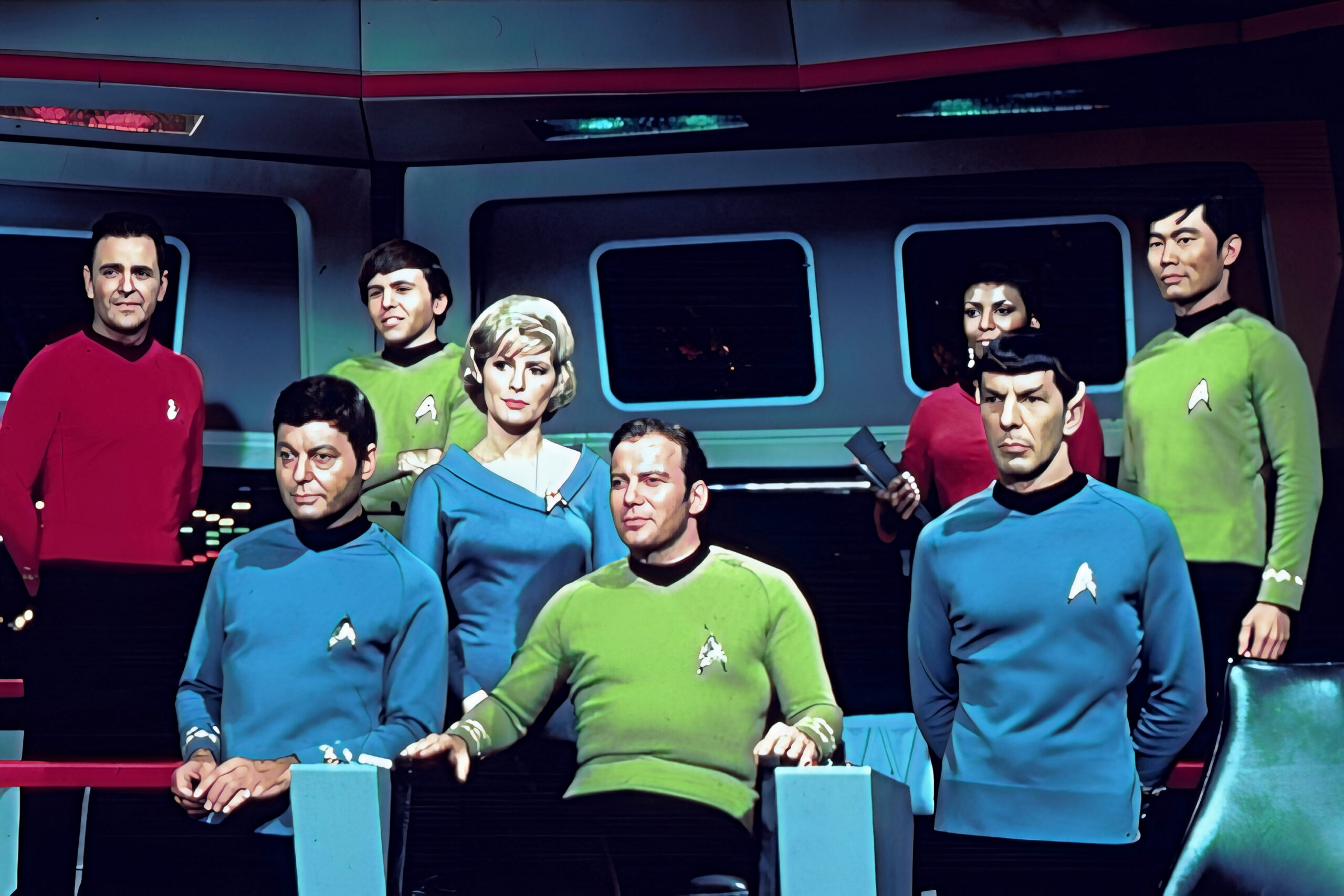
The original Star Trek series, created by Gene Roddenberry, is not only a science fiction landmark but also a cultural phenomenon. Despite its initial lack of commercial success, its vision of a utopian future where humans, aliens, and diverse cultures coexist resonated deeply with viewers. The show broke new ground by tackling racial, political, and social issues through allegorical storytelling, often challenging 1960s America’s status quo. Star Trek also introduced advanced concepts in science fiction, such as the concept of faster-than-light travel and complex alien civilizations. The diverse cast, including a groundbreaking African-American character (Uhura), was ahead of its time, promoting inclusivity in a largely segregated society. The show’s enduring fanbase led to numerous spin-offs, films, and an ongoing legacy. Star Trek proved that TV could be an avenue for progressive thought while entertaining audiences with its imaginative narratives.
The Office (US) (2005-2013)

The Office revolutionized the sitcom genre by popularizing the mockumentary style of filmmaking, blending documentary-style interviews with traditional narrative. Created by Greg Daniels and based on the UK version by Ricky Gervais and Stephen Merchant, the show focused on the everyday lives of office workers at Dunder Mifflin. Its quirky characters, led by Steve Carell’s bumbling Michael Scott, brought new life to the workplace comedy. The show’s unique format and dry humor allowed it to explore uncomfortable social situations, making viewers laugh at the awkwardness of office culture. The success of The Office helped to shift the sitcom landscape toward more character-driven, observational humor. It also contributed to the rise of workplace comedies in television. Despite its relatively humble beginnings, The Office became a defining show of the 2000s, gaining an enormous fanbase and inspiring a legacy of mockumentary-style series.
Lost (2004-2010)
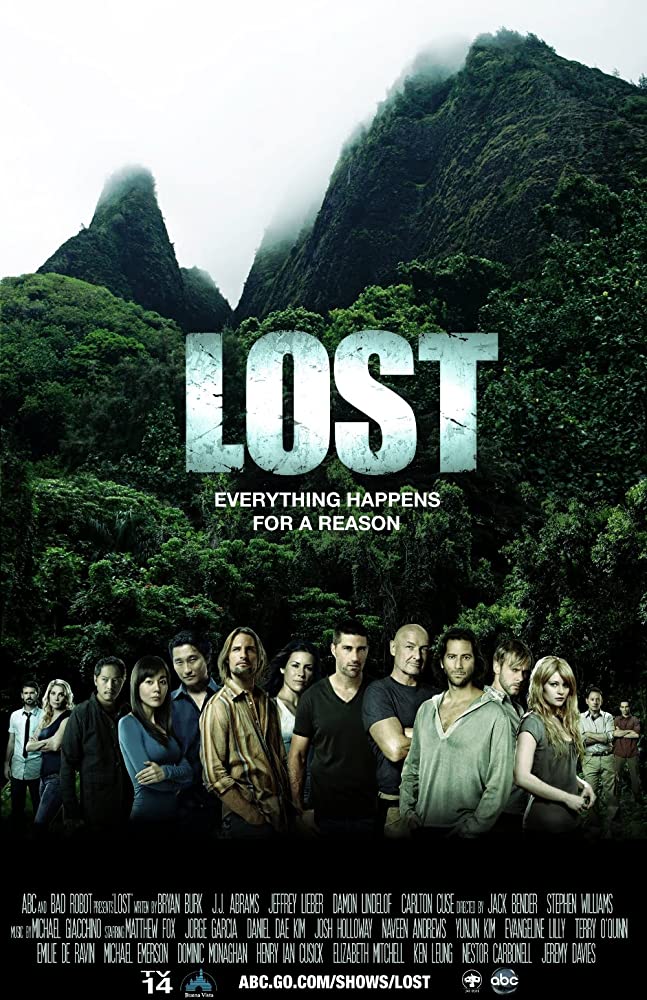
“Lost” redefined the modern TV drama by blending mystery, suspense, and science fiction with deeply human stories. The series captivated viewers with its unpredictable plot twists, multi-layered narrative structure, and compelling character development. Set on a mysterious island, the show combined elements of survival with supernatural and philosophical undertones. “Lost” was one of the first shows to adopt a complex storytelling style, involving flashbacks, flash-forwards, and intricate timelines, that would later become a hallmark of many modern dramas. The show’s success helped push networks to embrace serialized storytelling rather than episodic formats, and it drew a dedicated fan base that actively theorized and analyzed every episode. The series’ innovative use of visual effects and the integration of diverse characters from around the world also made it stand out. It forever altered how TV shows were created and consumed, leading to a new era of “watercooler” TV moments.
The X-Files (1993-2002)

A cultural phenomenon, “The X-Files” redefined the sci-fi genre by blending horror, mystery, and the supernatural with investigative drama. The series, created by Chris Carter, followed FBI agents Mulder and Scully as they explored unsolved cases involving paranormal phenomena, from aliens to conspiracies. What set the show apart was its unique combination of serialized and episodic storytelling, allowing for both deep personal arcs and thrilling one-off mysteries. It sparked a cultural fascination with conspiracy theories, UFOs, and government cover-ups, making those subjects mainstream. The chemistry between the leads, David Duchovny and Gillian Anderson, became a key part of its success, providing a compelling dynamic that kept viewers engaged. “The X-Files” also blurred the lines between science fiction and drama, offering an emotional depth rarely seen in genre TV. It helped pave the way for later series like “Fringe” and “Supernatural” by proving that audiences were eager for intelligent, nuanced storytelling in speculative genres.
Mad Men (2007-2015)
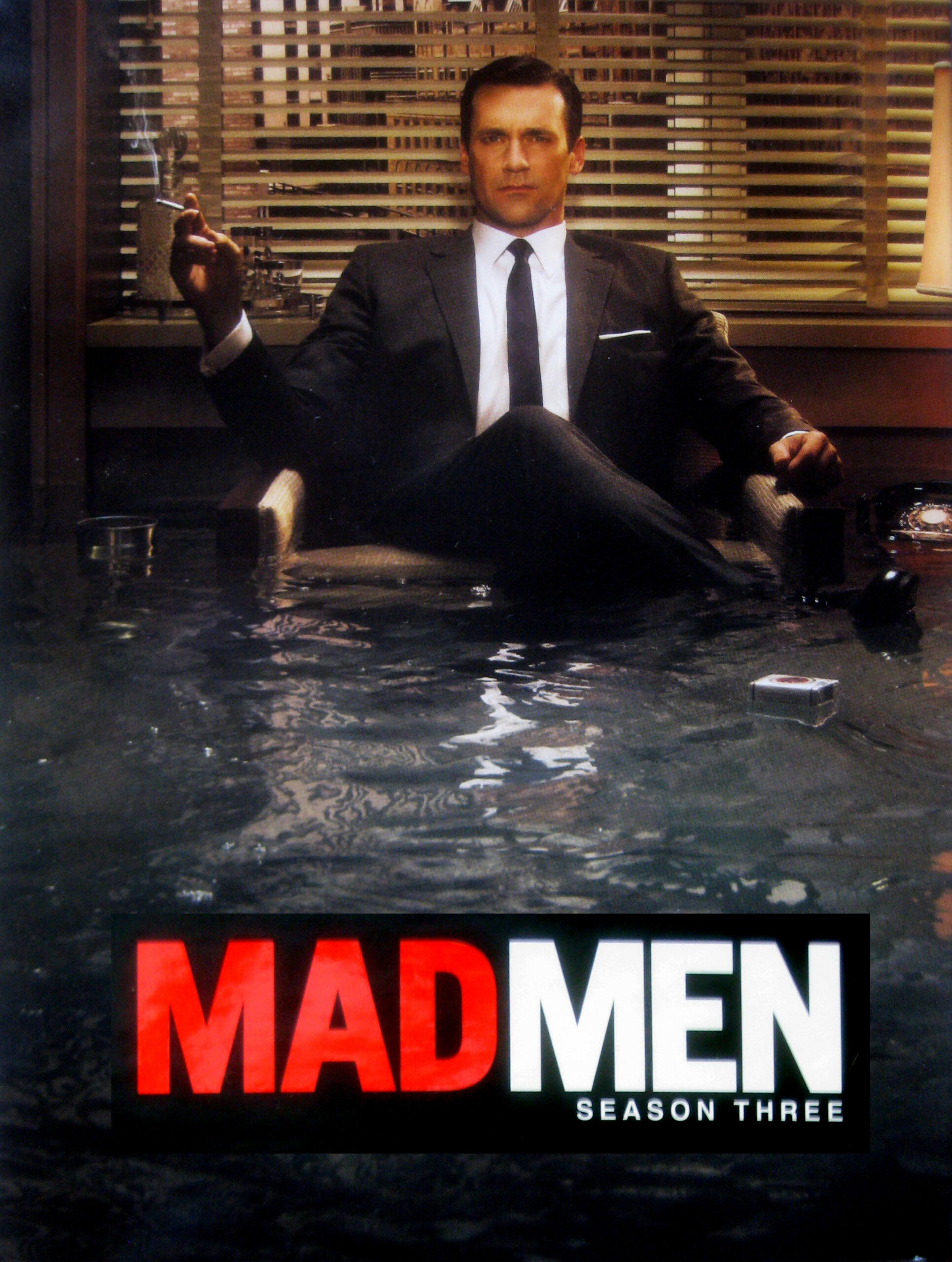
“Mad Men” brought a level of sophistication to television that hadn’t been seen before, blending historical accuracy with sharp social commentary. Set in the 1960s, the show explored the high-stakes world of advertising through the enigmatic character of Don Draper, played by Jon Hamm. What made “Mad Men” so influential was its meticulous attention to detail, both in terms of period-accurate design and nuanced character development. It didn’t just tell the story of advertising; it painted a portrait of societal shifts, gender dynamics, and cultural change during a turbulent decade. The show also elevated the role of women in the workplace, offering a feminist critique of the 1960s through characters like Joan Holloway and Peggy Olson. With its cinematic style, complex characters, and morally ambiguous storylines, “Mad Men” set a new standard for prestige television. It demonstrated that TV could be just as rich in narrative and style as cinema.
Game of Thrones (2011-2019)

Based on George R.R. Martin’s epic book series, “Game of Thrones” became a global phenomenon, reshaping television with its high production value and complex storytelling. It is often credited with elevating fantasy television into the mainstream, offering a gritty, adult-oriented approach to the genre. The show’s sprawling narrative, filled with political intrigue, power struggles, and unpredictable deaths, captured audiences worldwide and made each episode an event in itself. Its production design, including vast landscapes, intricate costumes, and groundbreaking visual effects, set a new standard for TV visuals. The show’s ability to weave together personal and political storylines, while creating morally ambiguous characters, pushed the boundaries of traditional television storytelling. Its shocking plot twists and unprecedented moments—such as the Red Wedding—kept audiences on edge. “Game of Thrones” not only redefined the fantasy genre but also demonstrated the potential for long-form television to rival cinematic storytelling in scope and depth.
Seinfeld (1989-1998)
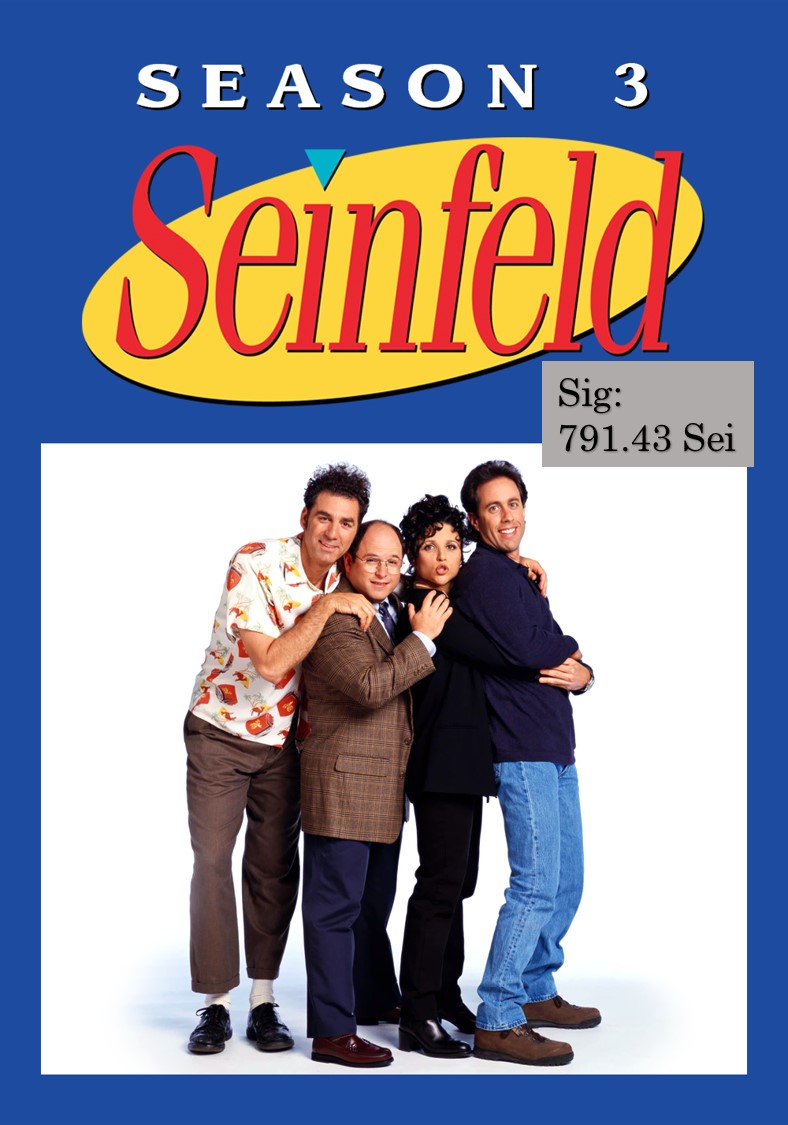
Widely regarded as “a show about nothing,” Seinfeld broke from the conventions of traditional sitcoms by focusing on the mundane aspects of daily life. Created by Larry David and Jerry Seinfeld, the show explored the trivialities of friendship, dating, and social norms with a sharp, observational humor. Its minimalist approach to storytelling, where episodes often revolved around seemingly insignificant events, became its signature style. The show also popularized the “no hugging, no learning” ethos, rejecting the typical heartwarming conclusions that were common in other sitcoms of the time. “Seinfeld” revolutionized TV comedy with its unique characters, especially the neurotic George Costanza and the eccentric Cosmo Kramer, who have since become iconic in the world of television. The show’s absurd and quirky humor, combined with its focus on observational comedy, redefined what a sitcom could be. It continues to influence modern-day sitcoms and has been cited as one of the best TV shows of all time.
The West Wing (1999-2006)
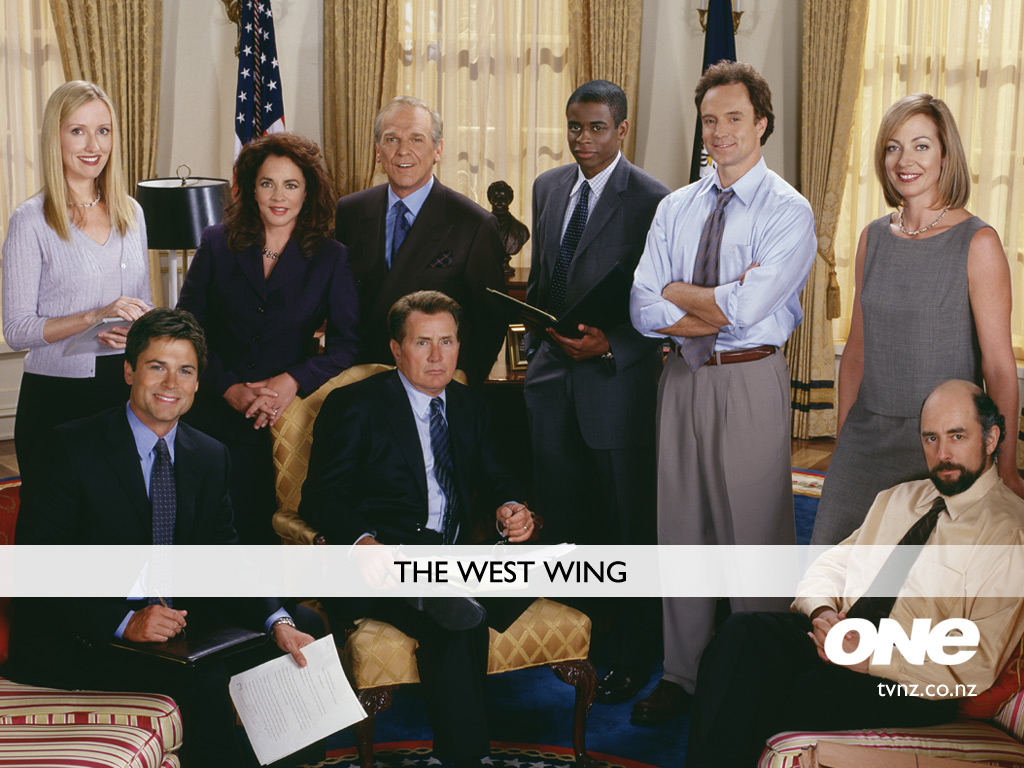
Created by Aaron Sorkin, The West Wing revolutionized the political drama genre with its fast-paced dialogue and idealized vision of American government. The show provided an optimistic portrayal of the inner workings of the White House, blending personal drama with political intrigue. Characters like President Josiah Bartlet and his staff were portrayed as deeply committed, intelligent individuals trying to navigate the complex world of politics. “The West Wing” influenced how American politics was depicted on television, offering sharp insights into policy, government strategy, and the human side of leadership. The show’s distinct use of “walk-and-talk” scenes, where characters engage in conversation while moving through the halls of power, became a signature stylistic choice. Its portrayal of idealism in politics stood in stark contrast to the cynicism of other political dramas, providing viewers with a hopeful vision of public service. The West Wing became not just a critical success but also a cultural touchstone, influencing the political discourse and public opinion of its time.
This article originally appeared on Rarest.org.
More From Rarest.Org
The world’s oceans cover more than 70% of the Earth’s surface, holding a stunning variety of marine life, landscapes, and mysteries. These oceans don’t just define our planet’s geography but also play vital roles in climate, weather patterns, and the livelihoods of millions. Read more.
Photography has come a long way, and much of that journey is thanks to a few iconic cameras that transformed the way we capture and experience images. From pioneering digital advancements to revolutionizing film photography, they shaped the art and industry of photography as we know it today. Read more.
15 Largest Oil Companies in the World

The global oil industry is dominated by several key players, each contributing significantly to the world’s energy supply. This article provides an overview of some of the largest oil companies, highlighting their daily production, headquarters, leadership, and founding history. Read more.


